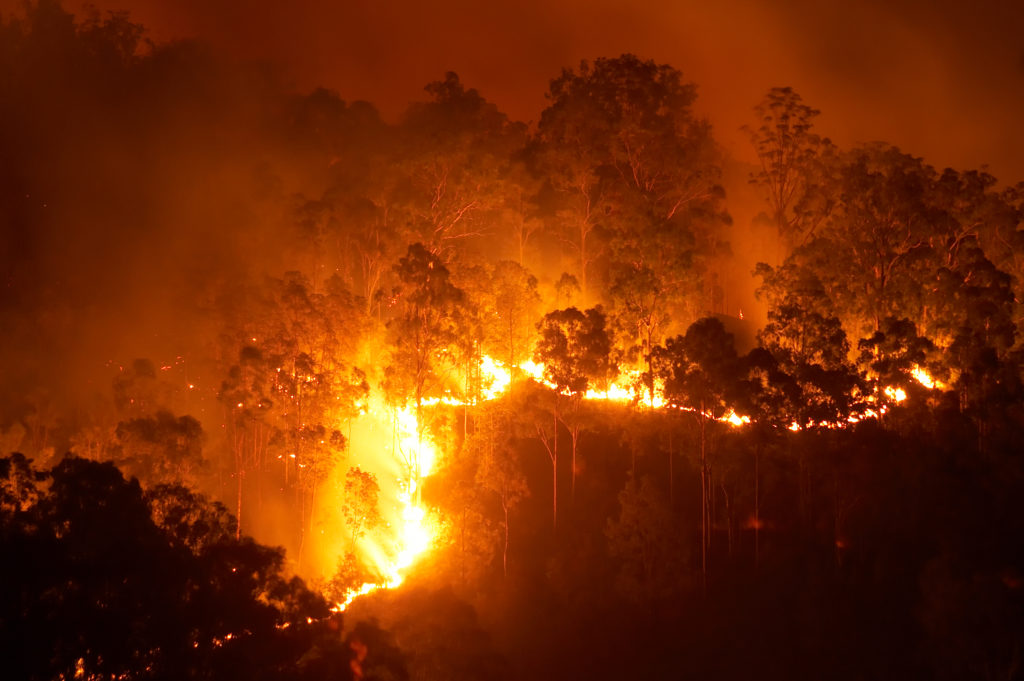Navigating Shrub Fire Defense Regulations With BAL Report
Central to this undertaking is the Bushfire Attack Level (BAL) record, an essential document that analyzes the prospective direct exposure of a residential or commercial property to bushfire. By delving into the complexities of BAL analyses and their ramifications for building conformity, stakeholders can proactively manage bush fire threats and protect residential or commercial properties versus prospective risks.
Understanding Bush Fire Security Rules
To properly browse the complexities of bush fire defense laws, it is important to have a clear understanding of the governing guidelines and demands in position. Bush fire security regulations are essential for guarding homes and lives in locations prone to bushfires. These guidelines establish the requirements and procedures that home owners should stick to in order to mitigate the dangers connected with bushfires.

Relevance of BAL Evaluations
Recognizing the relevance of BAL analyses is crucial in ensuring conformity with bush fire protection regulations and effectively alleviating the dangers related to bushfires. BAL assessments, which determine the Bushfire Strike Degree of a residential or commercial property, are essential for developing ideal bush fire protection actions tailored to the specific danger profile of the website. By evaluating factors such as plant life kind, range to possible fire threats, and slope of the land, BAL assessments provide beneficial understandings right into the degree of risk a residential or commercial property deals with during a bushfire event.

Effects for Building Compliance
Navigating via building compliance demands in accordance with BAL assessments is essential for guaranteeing structures are properly fortified versus the threats posed by bushfires. Structures that fall short to meet the required conformity criteria are at a greater danger of receiving damages or devastation during a bushfire event.
Ensuring building conformity entails mindful preparation, building and construction, and maintenance to minimize the prospective impact of bushfires - BAL Report. It needs a comprehensive understanding of the BAL score appointed to the residential property and executing the appropriate actions to boost its fire protection abilities. Non-compliance with structure regulations can lead to legal consequences, insurance policy problems, and most importantly, jeopardize lives. Taking building conformity seriously and integrating BAL evaluation end results right into building methods is essential for safeguarding residential properties in bushfire-prone areas.
Taking Care Of Shrub Fire Risks Properly
Offered the critical relevance of structure compliance in strengthening frameworks versus bushfire threats, effectively taking care of these dangers calls for a detailed technique that prioritizes aggressive mitigation strategies. To begin, performing extensive danger analyses is vital. Recognizing the specific vulnerabilities of a home in connection to bushfires enables tailored risk reduction plans. This entails analyzing elements such as the building's location, bordering plants, topography, and prevailing weather problems. Implementing proper greenery management methods is an additional crucial aspect of reliable danger monitoring. Clearing combustible plants, developing defensible spaces, and ensuring proper maintenance can significantly minimize the danger of fire spreading out to the property. Investing in fireproof structure materials and building strategies can boost the framework's ability to withstand ash attacks and straight fire call. Furthermore, creating and exercising an emergency situation feedback strategy is vital for making sure that homeowners understand exactly how to respond quickly and safely in the occasion of a bushfire. By integrating these aggressive actions, home owners can effectively take care of bushfire risks and boost the security of their owners and find out this here structures.
Practical Tips for Homeowners and Developers
Successfully taking care of bushfire threats as a house owner or developer requires executing functional reduction techniques tailored to the residential you can try here property's details susceptabilities and environments. Guaranteeing that roofs, windows, and walls are built or upgraded to fulfill pertinent bushfire security criteria is vital.
Moreover, developing an emergency situation strategy and exercising evacuation drills with family occupants, members, or workers can save lives in case of a bushfire. Staying educated concerning local fire risk rankings, climate condition, and emergency situation signals is additionally crucial for making prompt decisions to secure life and residential property. Involving with neighborhood fire authorities, area teams, and experts experienced in bushfire administration can give valuable support and support in developing extensive bushfire defense approaches.
Final Thought
In final thought, browsing bush fire defense regulations with a BAL record is crucial for making sure building conformity and managing bush fire risks effectively. Recognizing the relevance of BAL analyses and following functional ideas can assist home owners and developers reduce the influence of bush fires. By adhering to these regulations and taking needed preventative measures, people browse around these guys can create safer environments on their own and their neighborhoods.
Key parts of bush fire protection laws include the Bushfire Strike Degree (BAL) analysis, which identifies the level of risk a residential property faces from bushfires. BAL analyses, which determine the Bushfire Assault Degree of a building, are essential for creating ideal bush fire defense actions customized to the details threat profile of the site. By evaluating variables such as vegetation type, range to potential fire hazards, and incline of the land, BAL assessments provide useful insights into the level of risk a residential or commercial property encounters during a bushfire event.

In final thought, navigating bush fire protection guidelines with a BAL record is critical for ensuring building compliance and taking care of bush fire dangers efficiently.